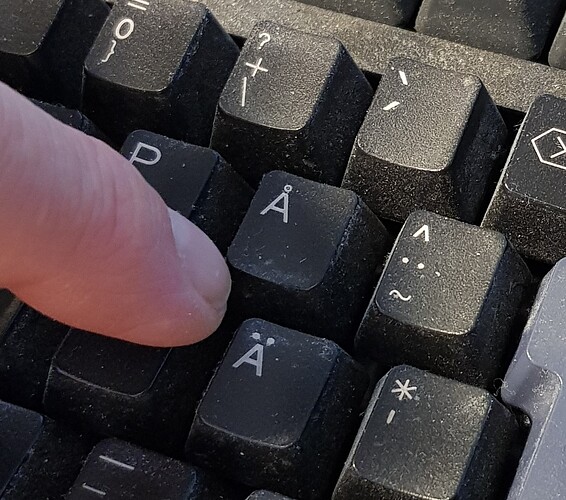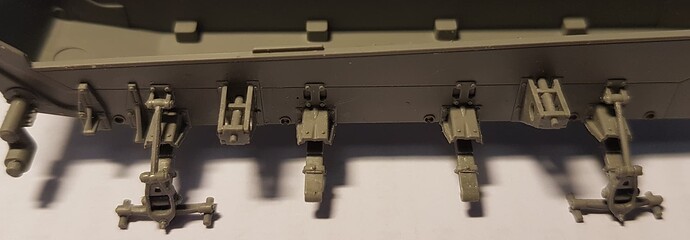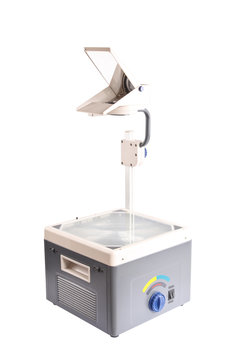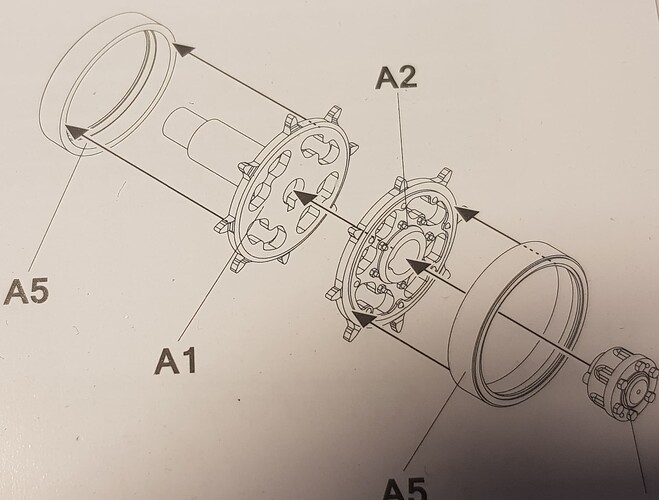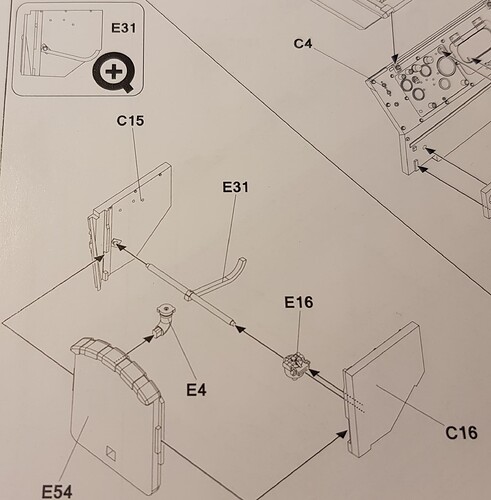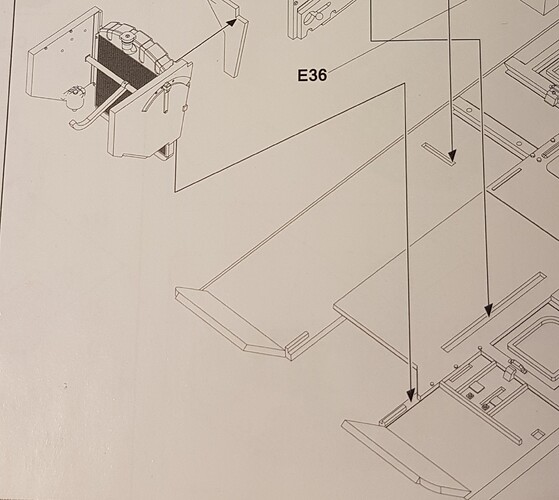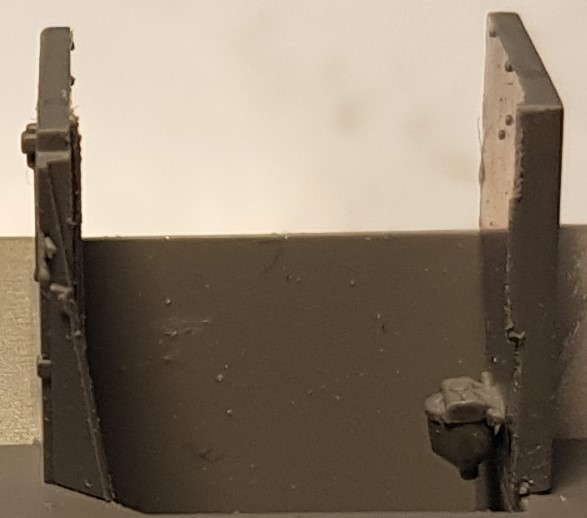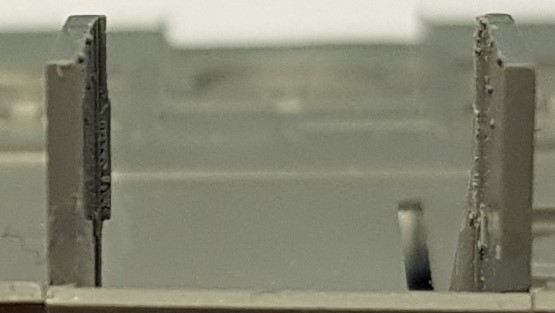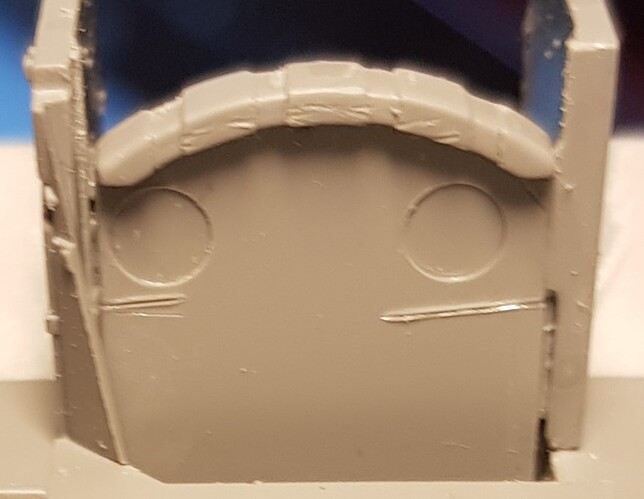Assembled the sprockets, five fiddly parts in each.
NOTE that the A5-parts have a small lip on the inside, perfectly visible on the assembly diagram but rather hard to see in real life. This lip is the reason for molding these two as separate parts.
The little hub cap , A13, is small, one of mine tried to make a run for freedom but I caught the little bugger after sweeping the whole floor and sifting through the dust and particles (I really need to vacuum the floor)
Free advice: Do all the handling over some kind of tray, the bottom tray from a large model, such as Pz IV or Sherman would be just right. Those dang small parts WILL try to escape and a tray will prevent most of the escape attempts.
Next up were the two idlers, similar but NOT same hub cap, A12 in this case, don’t get them mixed up.
The idlers also get a small PE-ring. I haven’t glued it on, my CA went bad quite some time back …
The completed assemblies. I included a return roller from Tamiyas M51, IDF HVSS Sherman, as size reference.
A3 is the outside half of the idler BUT in the photo I have glued A4 (the inside half) to A3.
This leads me to the second Free Advice: Glue the tiny parts to the small parts before removing the small parts from the sprues. This makes it easier to handle the small parts when trying to position the tiny ones.
I would have gone nuts otherwise …
I glued the halves of the sprockets and idlers to each other on the sprues first, they are still there as the photos show. Don’t want to lose them …
Note that the road wheels on the Weasel are quite a bit smaller than the sprockets and idlers.
The return rollers are barely slightly larger than the A12 and A13 hub caps.
That will be a lot of fun …
The fit is very good though, the hard part is to get the small parts close enough to each other so that they slot into position.
Oh, one last thing: the hub caps A12 and A13 are keyed to get the orientation correct. Lots of fun since they have to be aligned correctly before trying to get them in position or get them roughly right and then rotate slowly. … aaaarrggghhhh.


